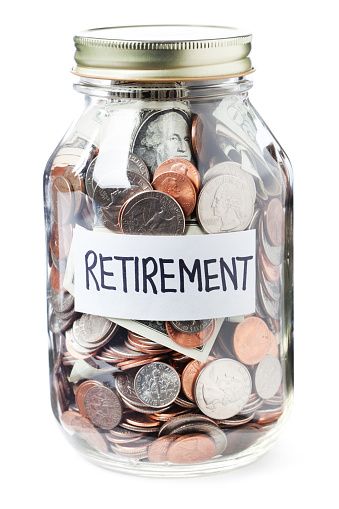Just how much money do the big super funds make?

Widespread losses of some $3.2 trillion across the equity and bond markets in Australia during June, meant most Australian super funds reported a small loss for the year according to the fund rating agency, Super Ratings.
In fact, looking at its league table of those funds who provide a balanced option for superannuation savings, which is the default option for some 14 million Australians, 95per cent of Australian funds reported a loss.
Only Hostplus topped the ranking with a 1.6 percent return to members followed by Qantas Super and Christian Super, who both reported slight gains. However, in looking at these types of tables, it is important to compare apples with apples, which in the case of superfunds is not easy to do.
Hostplus, like almost all industry funds, invests a large slice of its portfolio in unlisted infrastructure assets such as airports, seaports and roads and other private companies such as small start-up technology companies, where there is no listed market price.
This means these funds can put an estimated value on these assets which may or may not be accurate. Funds that invest solely in listed companies though, need to report the true market value of those investments as determined by the market minute by minute. There’s no guesswork.
This can make a huge difference to how a super fund may appear to be travelling in terms of investment returns. This was highlighted recently the decision by a venture capital firm Blackbird Ventures to cut the value of its investment in a privately owned software company and local tech start-up darling, Canva by a massive $14 billion to just $25.6 billion.
At the time, Blackbird backed this decision by claiming there has been a dramatic drop in the value of Canva, in line with the brutal rout on all tech companies in recent months and it believes this new valuation was a true reflection of the worth of the company.
So, what does this have to do with large super funds?
Hostplus is believed to have a $2.5 billion stake in Canva, which is now estimated to be worth about $900 million and falling but it is difficult to see this in the accounts of the fund as it does not have to disclose these types of valuations.
Like most tech start-up companies it is difficult to determine the value of Canva which continues to be a well-managed and successful business, although it has fallen out of favour with investors along with most start-up companies.
It simple highlights that a lot of work needs to be done in how super funds report their returns each year and that in looking at these reported figures you should look behind them to determine just what you are looking at.
